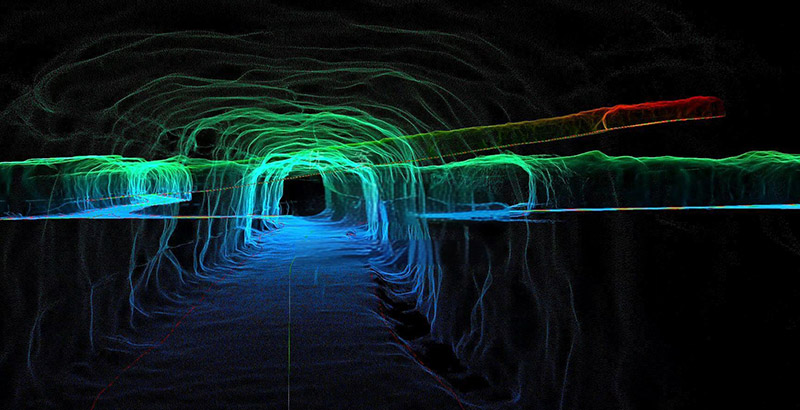Introduction
LiDAR technology is playing a crucial role in the mining industry by enhancing safety and efficiency through accurate obstacle detection and navigation. By providing detailed 3D mapping, LiDAR helps improve operations and reduce risks in mining environments.

Applications in Mining
In mining, LiDAR sensors are used to create detailed 3D maps of mine sites and equipment. These maps enable operators to navigate safely, avoid obstacles, and perform accurate measurements. For example, LiDAR can be used to monitor the stability of mine walls, detect potential hazards, and plan excavation activities.
LiDAR offers several benefits for the mining industry, including improved safety, efficiency, and data accuracy. By providing real-time data on the location and movement of obstacles, LiDAR enhances decision-making and reduces the risk of accidents and equipment damage.
Challenges and Solutions
Challenges in using LiDAR for mining include the harsh environmental conditions and the need for robust data processing. Advances in sensor technology and data management solutions are addressing these challenges, making LiDAR more effective for mining applications.
Future Trends
The future of LiDAR in mining includes advancements in sensor durability, data processing, and integration with other mining technologies. These developments will further enhance the safety and efficiency of mining operations.
Conclusion
LiDAR technology is enhancing safety and efficiency in the mining industry by providing accurate 3D mapping and obstacle detection. Its role in improving operations and reducing risks makes it a valuable tool for modern mining practices.


